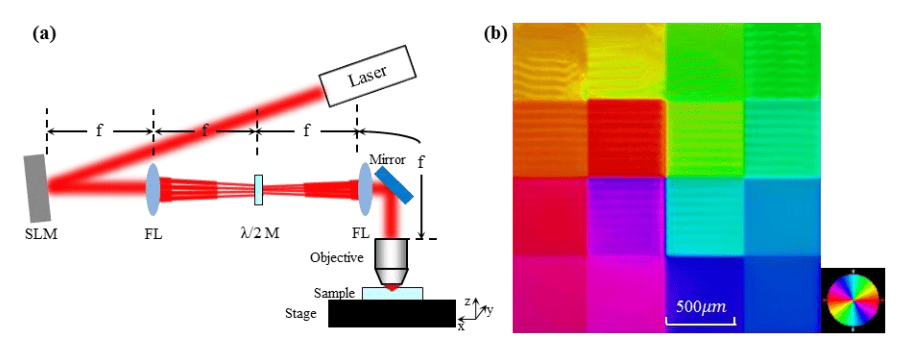A quartz disc, unassuming in appearance, carries within it a revolutionary potential that could transform our understanding and application of data storage. The crystal disc has incredible stability, being able to store data for as long as 13.8 billion years at temperatures up to 190 degrees Celsius.
Storing data for a long time
Digital storage is incredibly easy and practical, but it has the downside of being prone to data loss. A book stored on your hard drive might last less than a hardcover. After four years, 11% of hard drives will fail. Solid state drives last a tad longer, but after a number of read-write cycles these too will inevitably fail. Cloud storage is your safest bet at the moment, but you’re at the whim of a third party.
To make matters even worse, all the storage types we commonly use are subjected to data rot or data degradation — a type of gradual corruption of data.
There’s no real need to panic. Now, for most practical purposes this can be fine, but if you need to store important data for, say, hundreds of years? This might seem absurd, but national archives are very serious about it and invest a lot in networks that backup data over and over. Important contracts, laws, documents, iconic photos and videos, how do we make sure they’re available in the future as well?
Long-term digital data storage has proven remarkably difficult to ensure, but there might now be an elegant and reliable solution.
A team of researchers reported that they managed to cram 360TB worth of five-dimensional (5D) digital data onto a small quartz disk that is reliable for billions of years.
A 5D quartz disk
Southampton University researchers fired femtosecond laser pulses onto a structure of quartz at the nanoscale to write data, essentially creating a crystal hard drive. They made three layers of nano dots, each layer separate by only five microns (20 times thinner than a strand of human hair). Another laser pulse fired on the structure measures the polarisation of the light. Changes in polarization then can be used to read data.
The quartz disc makes use of some properties of light. A light wave that is vibrating in more than one plane is referred to as unpolarized light. The light emitted by the sun, by a lamp in the classroom, or by a candle flame is unpolarized light. You can create such light waves with electric charges that vibrate in a variety of directions. This creates an electromagnetic wave that vibrates in a variety of directions — which in turn creates the changes that are measured for data storage.

“Coined as the ‘Superman memory crystal’, as the glass memory has been compared to the “memory crystals” used in the Superman films, the data is recorded via self-assembled nanostructures created in fused quartz. The information encoding is realised in five dimensions: the size and orientation in addition to the three dimensional position of these nanostructures,” a press release explains the technology.
The “5-dimensional” descriptor is a bit misleading. The crystal hard drive has has 3 physical dimensions and no exotic higher dimensional properties. But that doesn’t make it any less fascinating.
How the crystal hard drive is used
The technology was first demonstrated in 2010 by Kazuyuki Hirao’s laboratory at the Kyoto University. Then, Professor Peter Kazansky‘s lab developed it further. Now, it’s already been put to some use.
So far, the researchers wrote the Universal Declaration of Human Rights, Newton’s Opticks, the Magna Carta and the Kings James Bible on such a quartz disk. That’s not a lot, but judging from the density of data, they could fit in 360 terabytes or million-times more.
In 2018, the technology was used to store a copy of Isaac Asimov’s Foundation trilogy. This which was launched into space aboard Elon Musk’s Tesla Roadster.
“It is thrilling to think that we have created the technology to preserve documents and information and store it in space for future generations. This technology can secure the last evidence of our civilisation: all we’ve learnt will not be forgotten,” said Kazansky, one of the researchers behind the technology.










